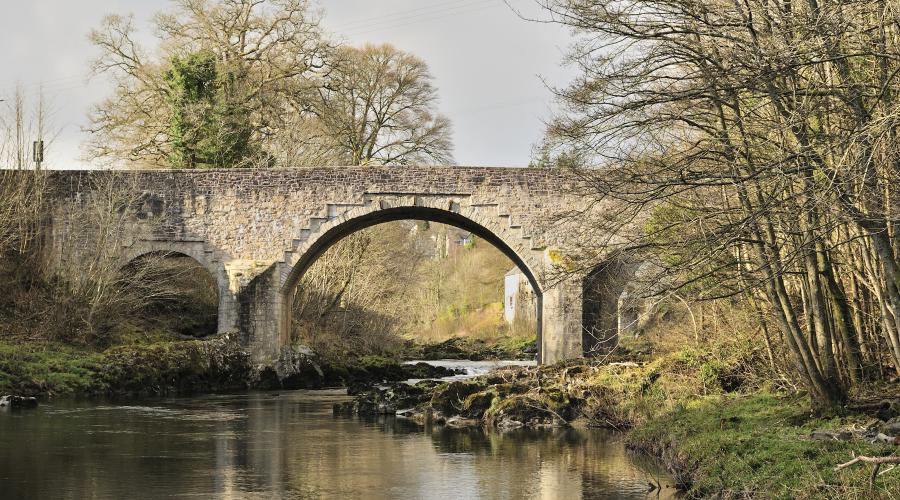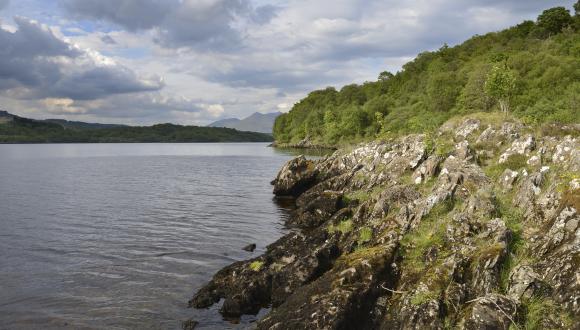
Water pollution
Point source pollution and diffuse source pollution may both affect Scotland’s rivers, lochs and wetlands.
Point source pollution
This can come from sewage treatment works, factories and input from fish farms. The Scottish Environment Protection Agency (SEPA) regulates all such ‘end of pipe’ discharges.
The impact of such discharges continues to lessen with improved regulation. Yet, in 2014, point source pollution from waste water treatment works was found to adversely affect 89 river reaches and lochs.
Diffuse source pollution
This can arise from:
- run-off of soil, nutrients and pesticides from farming and forestry
- contaminated run-off from our towns and cities
- deposition of acid pollutants from the air
In 2014, diffuse source pollution was found toadversely affect 365 river reaches and lochs.
Impacts of pollution
Impacts of pollution can include:
- loss of biodiversity
- the silting of fish spawning grounds
- adverse effects on human health
SEPA regulates most point source and diffuse source pollution under the Controlled Activities Regulations.
Pollution can affect different species in different ways. NatureScot has conducted research into the water quality needs of various species, including freshwater pearl mussel.
Our role in tackling pollution
NatureScot works with SEPA to ensure that pollution doesn’t adversely affect our freshwater nature and landscapes. For example, we support a number of initiatives to reduce pollution in specific catchments such as Loch Leven, River Dee and River Spey.
We also work with SEPA to reduce the impact from diffuse pollution in priority catchments and, working in partnership, drive improvements in land management.
Airborne pollutants also pose a great risk to freshwater sources as well as other habitats. To raise awareness of this issue and to help understand its effects, we support the UK Air Pollution Information System.







